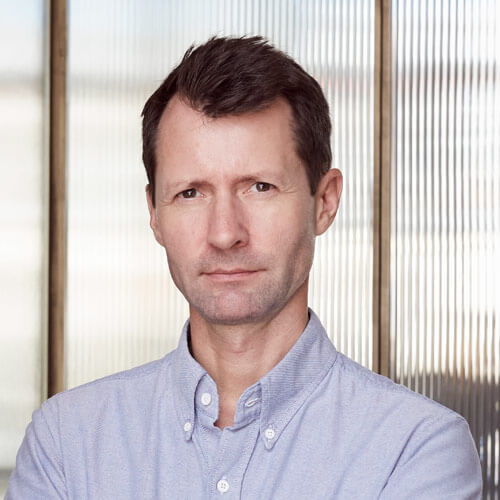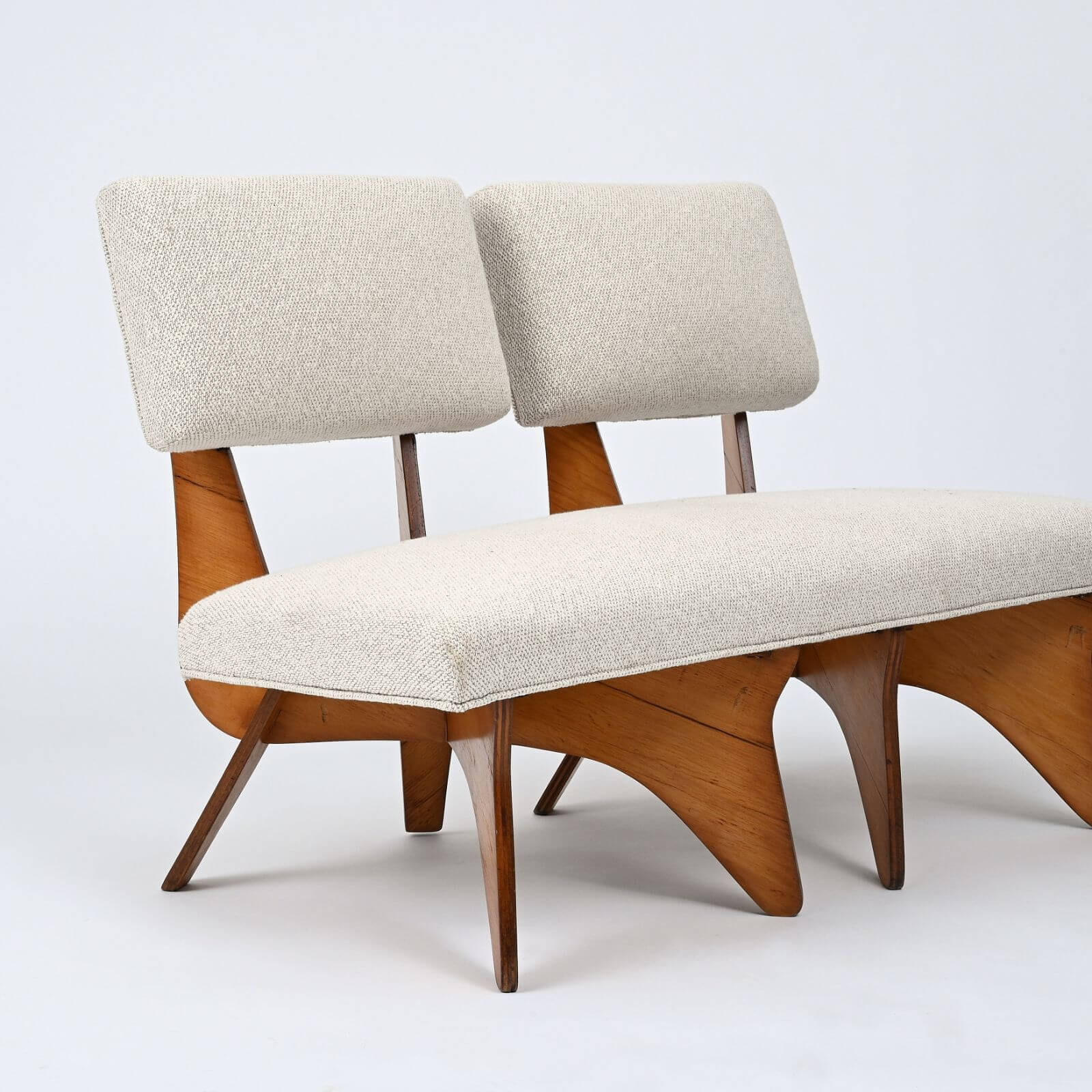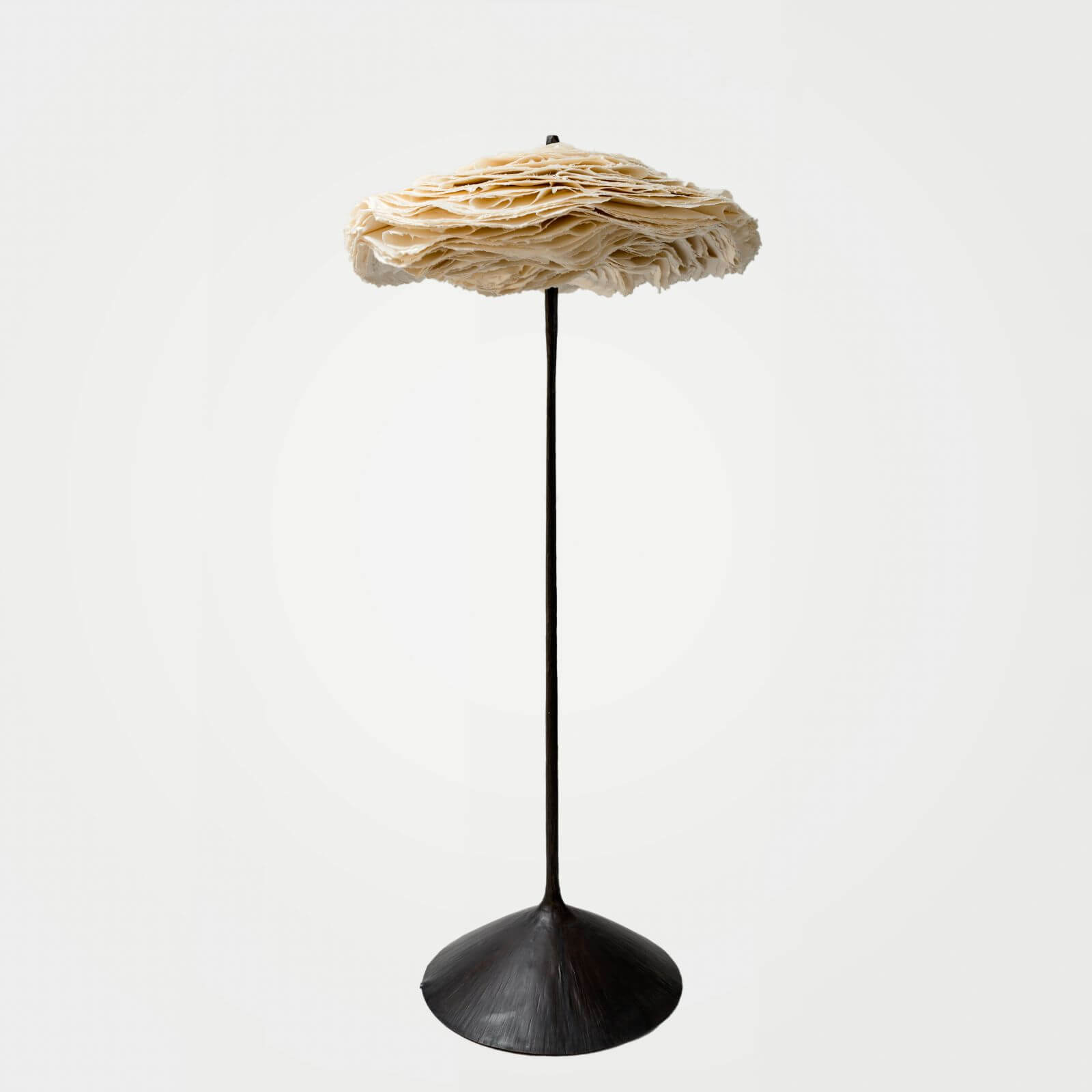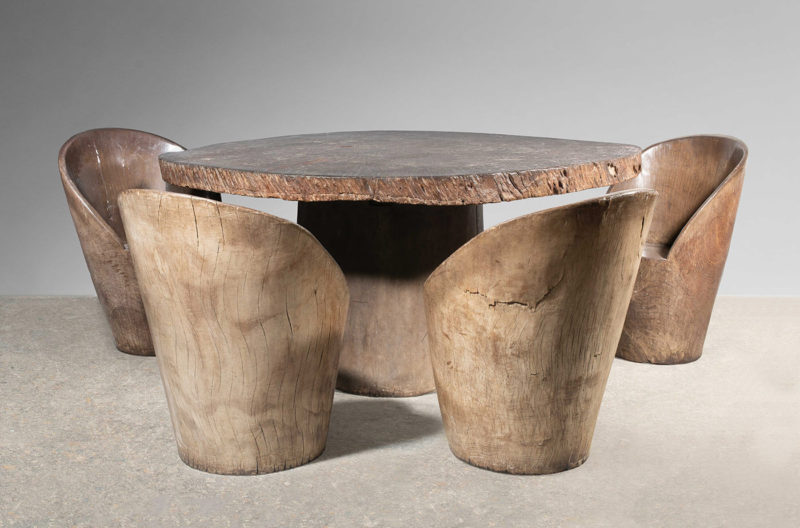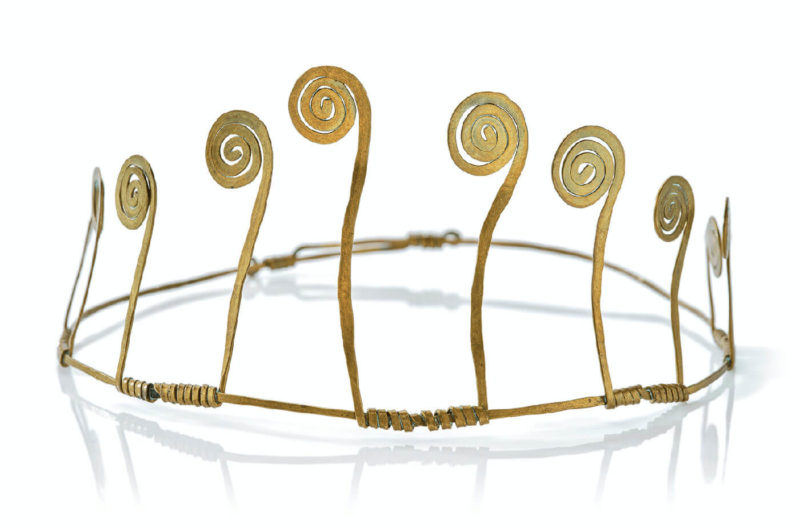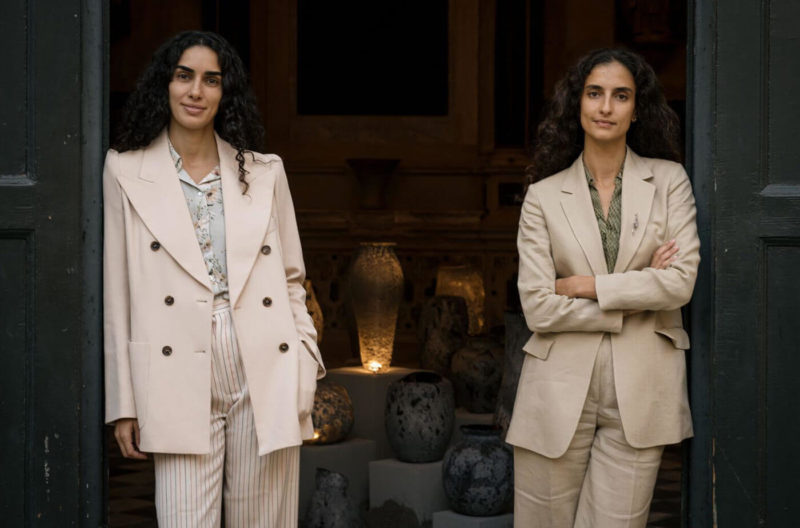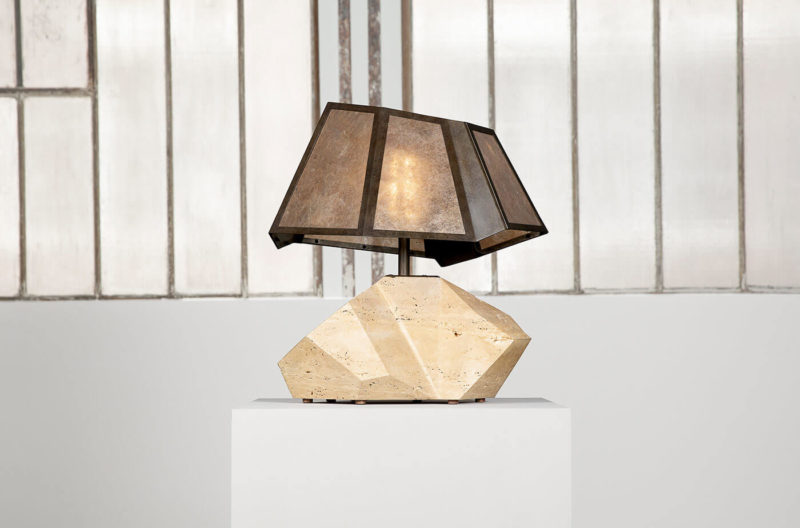PREVIEW / PAD London 2022
The mood is high as TDE talks to gallerists ahead of the first edition in London for three years.
Berkeley Square
10th – 16th October 2022
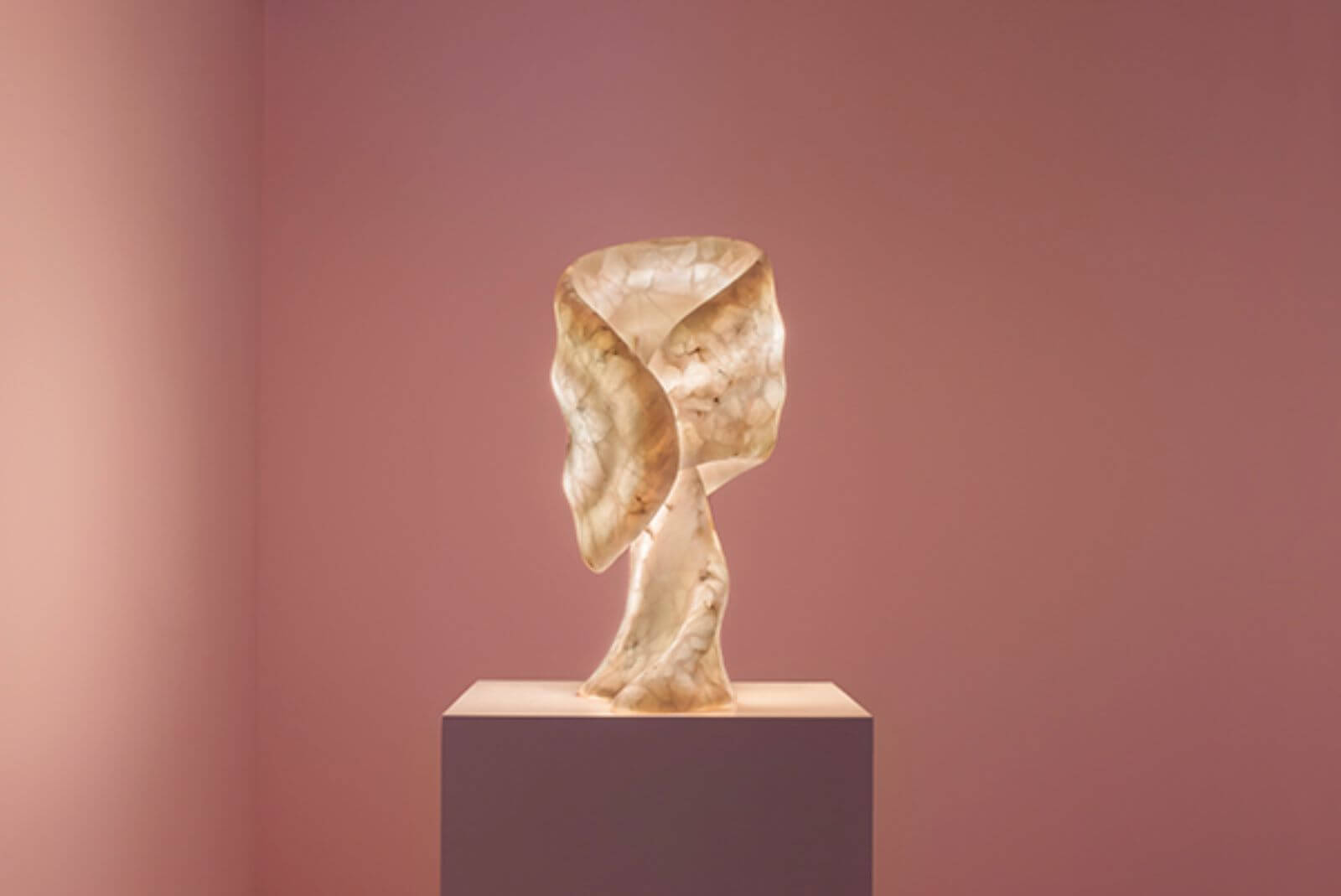
Amarist Studio, ‘Aqua Fossil Table Lamp’, 2021
COURTESY: Amarist Studio & Priveekollektie / PHOTOGRAPH: Saul Lozano Photography
MANY THINGS HAVE happened since the last PAD London in October 2019: a global pandemic, a mindless war, the implementation of Brexit, galloping inflation, a looming Sterling crisis … as well as the cancellation of four successive PAD fairs. The first wave of COVID could hardly have come at a worse time for the event’s founder, Patrick Perrin. It struck just weeks before the 2020 French edition was scheduled to start. “We cancelled on March 5th and the first truck was due to arrive for the installation just nine days later,” he recounts. “For us, it was frankly catastrophic.”
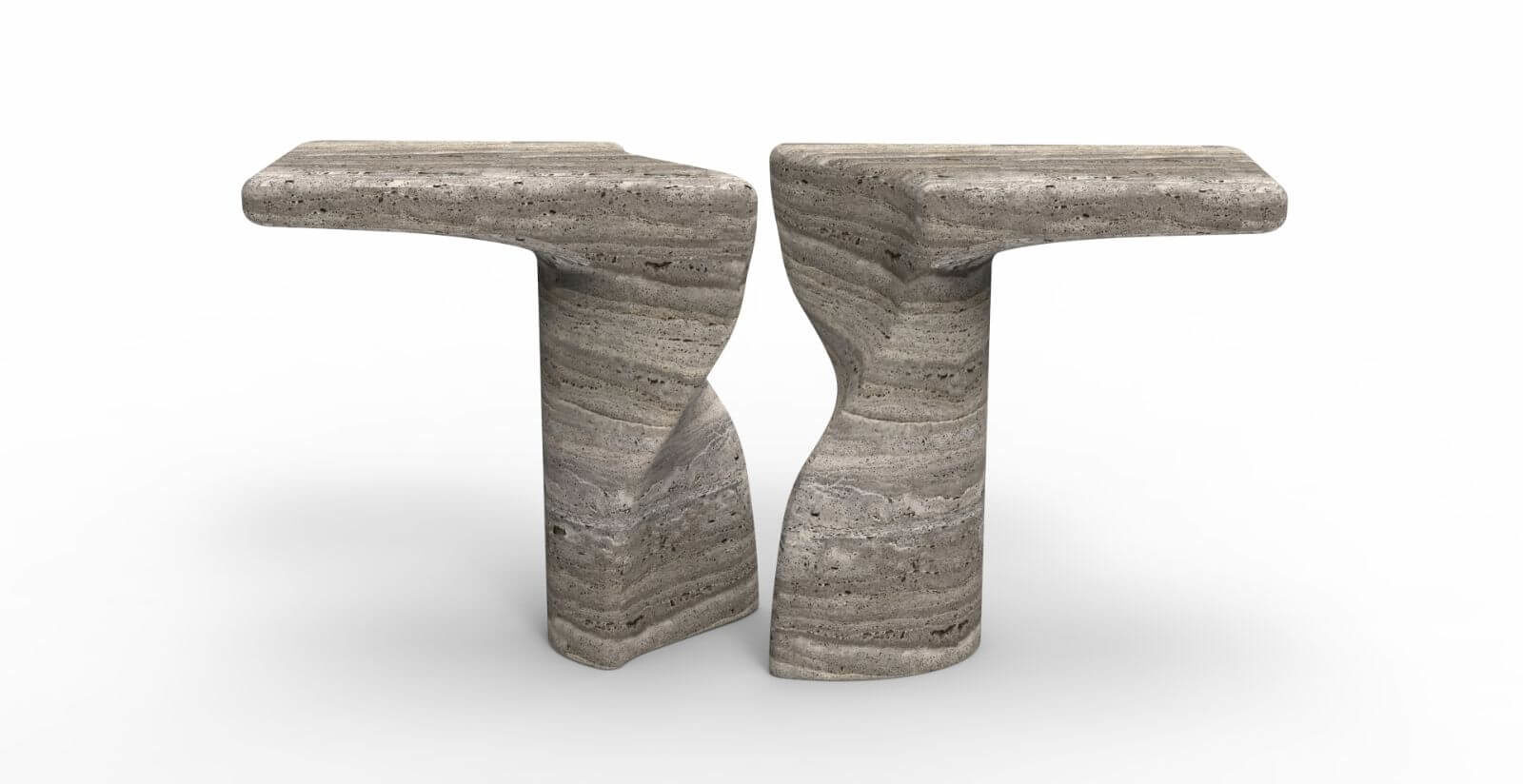
Emma Donnersberg in collaboration with Michel Amar, ‘Canyon Console’, 2022
COURTESY: Emma Donnersberg, Michel Amar & 88 Gallery
Today, he is in a much more positive frame of mind and understandably happy to be organising physical fairs once more. The first to be held in more than two years, in Paris this spring, far exceeded expectations. “It was extraordinary,” says Perrin. “I know fair organisers always say things went well, but for us, it really was a wholehearted success.” The astute contemporary and 20th-century design dealer, Patrick Fourtin confirms this sentiment, “There was an amazing number of visitors … All my peers say how fantastic it was.”
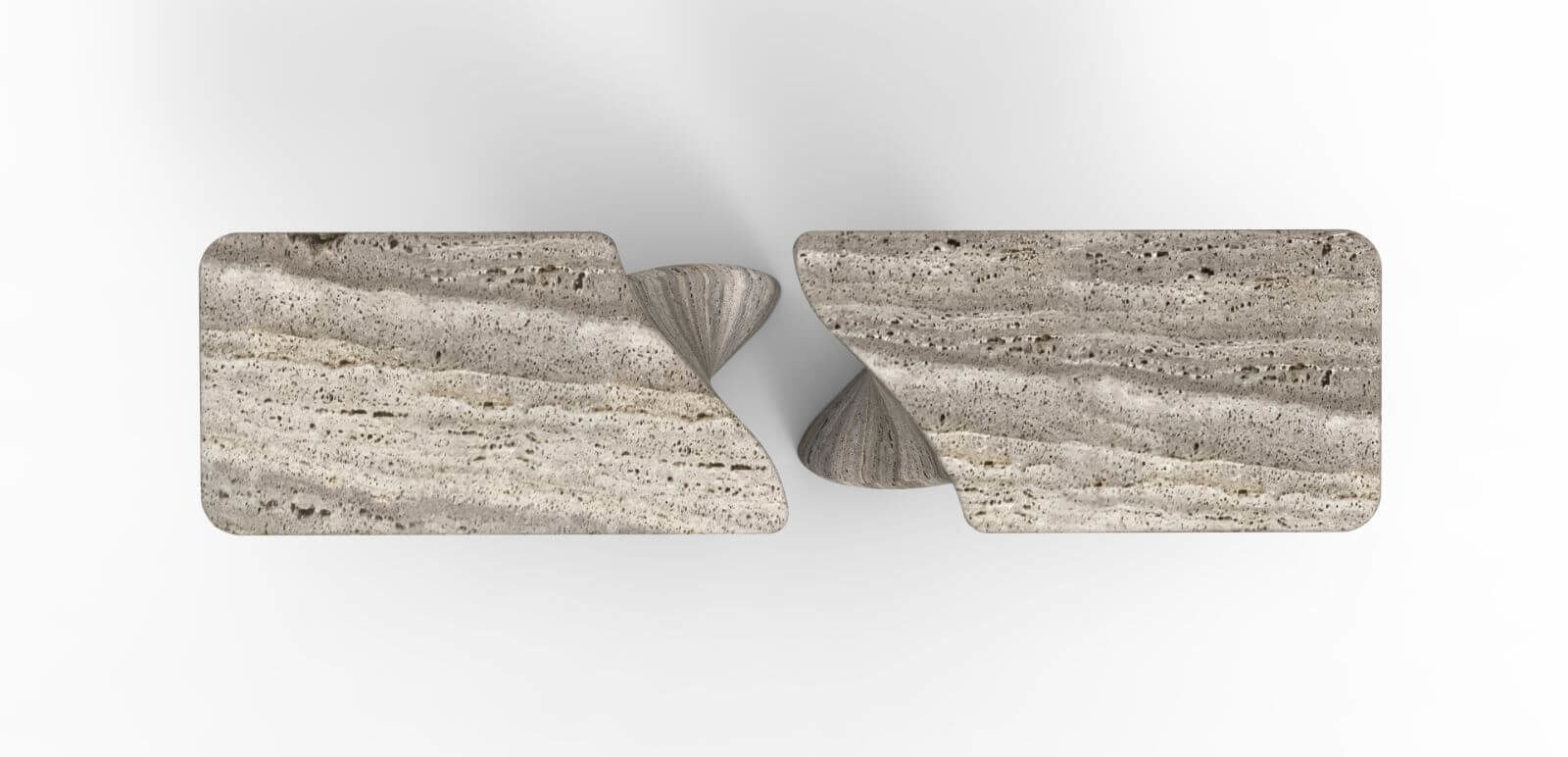
Emma Donnersberg in collaboration with Michel Amar, ‘Canyon Console’, 2022
COURTESY: Emma Donnersberg, Michel Amar & 88 Gallery
Launched back in 1998, PAD has become a key event on the annual design calendar. The French edition takes place towards the end of March, its London equivalent is held in Berkeley Square and coincides with Frieze in October. After participating several times in Paris, Fourtin has for the first time decided to add his name to the roster of dealers on the other side of the Channel. “I have quite a few British-based clients and want to test the waters there,” he says.
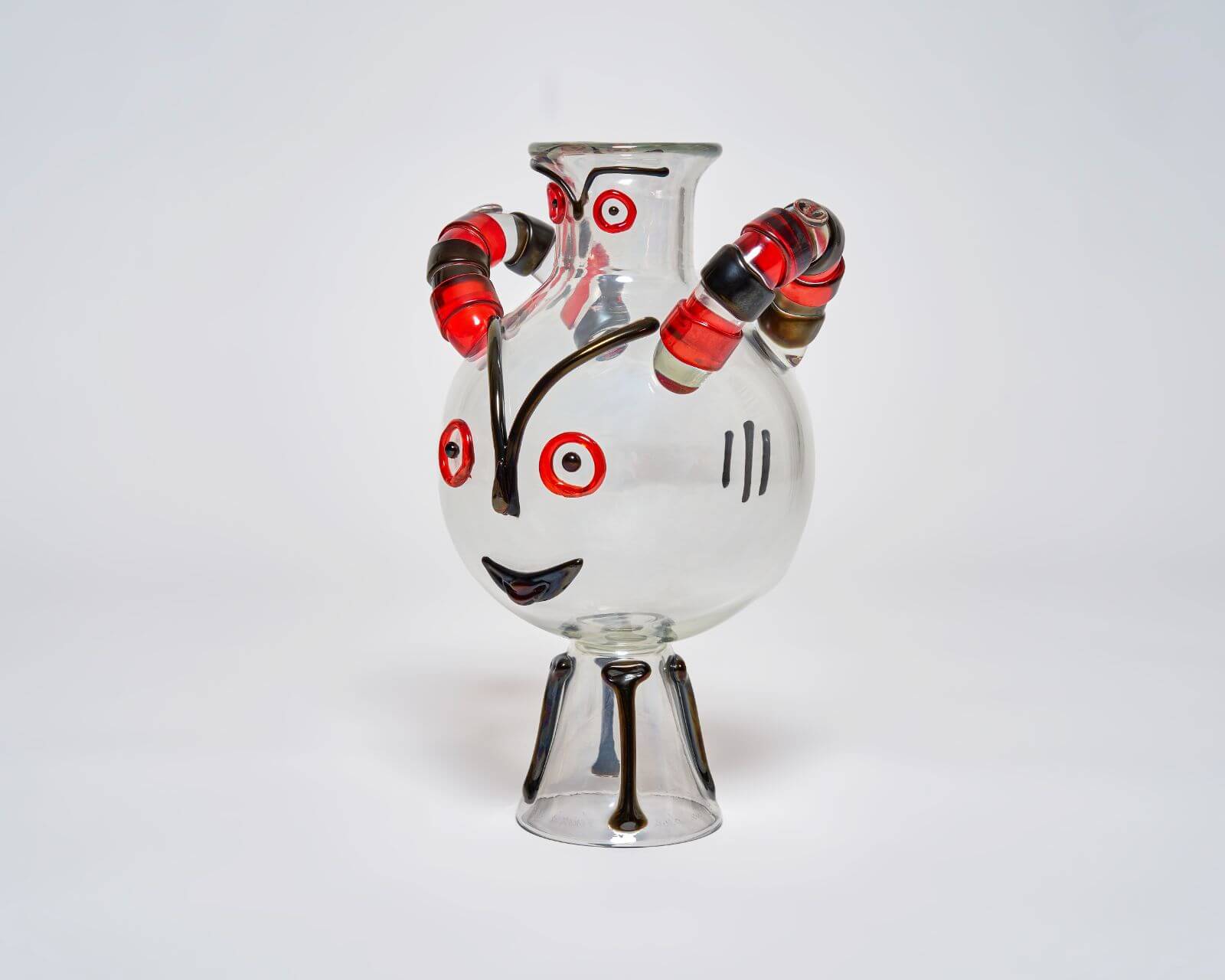
Picasso, vase, 1961
COURTESY: Patrick Fourtin
When the fair opens on Monday 10th October, he will be one of 18 first-time exhibitors. Among the others are Mélissa Paul, who recently relocated her gallery from Nice to Hackney, and has largely made a name for herself by promoting the work of ceramicists such as Andrée and Michel Hirlet, and Agnès Debizet.
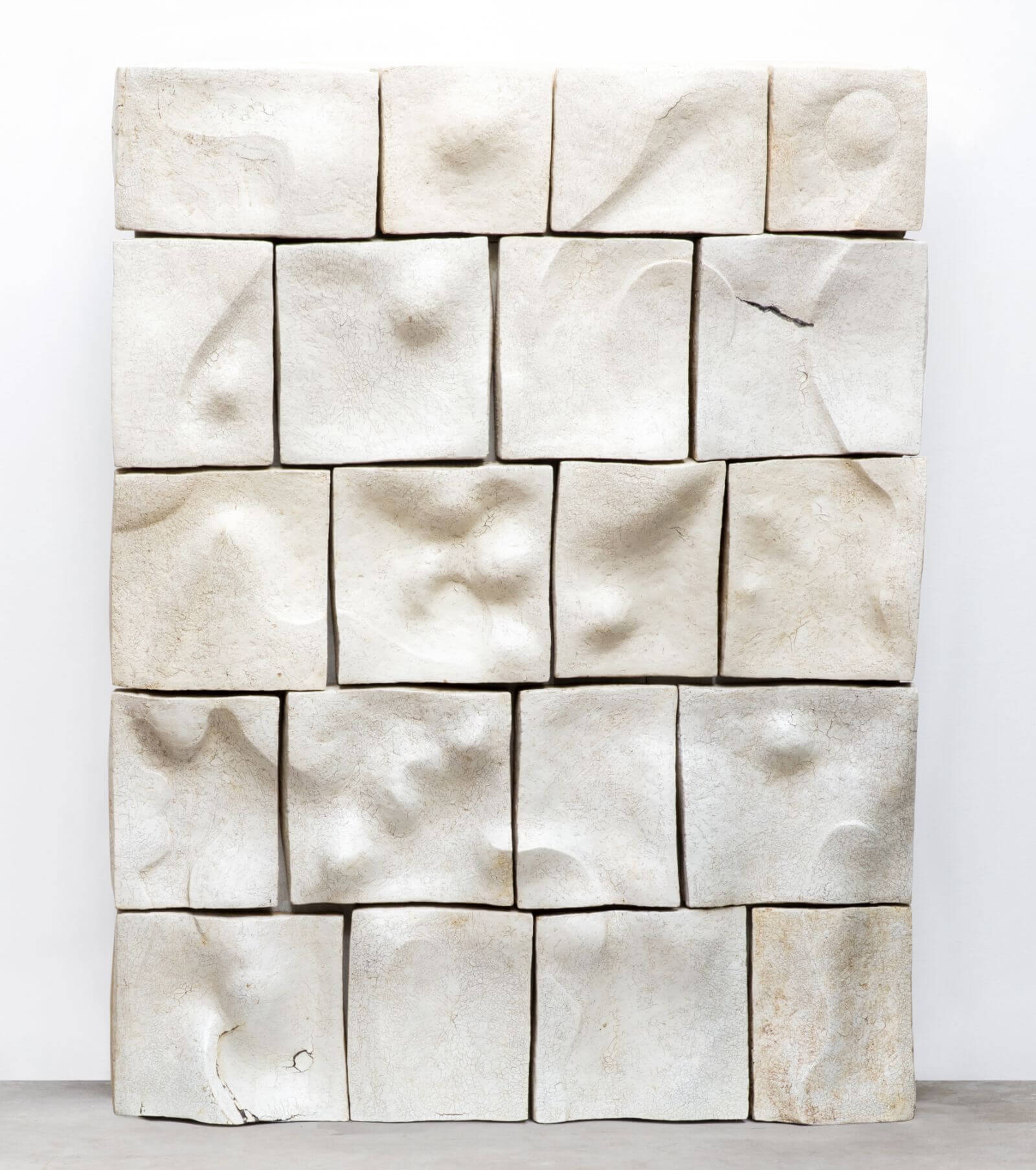
Agnès Debizet, ‘Dune I’ ceramic wall, 2019
COURTESY: Agnès Debizet & Galerie Melissa Paul
Other newcomers include the Galerie Gabriel & Guillaume, whose booth will juxtapose a contemporary ‘Cornette’ floor lamp by the Lebanese-based Maria Group and Spock Design with vintage items such as a 1950s sofa by José Zanine Caldas and a Jean Royère ‘Cœur’ armchair.
-
José Zanine Caldas, ‘Rare Sofa’, circa 1950
COURTESY: Galerie Gabriel et Guillaume
-
Maria Group + Spock Design ‘Cornette’ floor lamp, 2021
COURTESY: Maria Group + Spock Design & Galerie Gabriel et Guillaume
The up-and-coming Parisian Galerie Scène Ouverte, whose energetic owner Laurence Bonnel takes a particular interest in the work of young designers states, “Stylistically, I like things that are quite pure and where materials are really celebrated.” On her stand, visitors will be able to check out a ceramic shelving system by Rino Claessens, a polished aluminium armchair by Léa Mestres, a 1.5-metre pendant lamp made using salvaged leather by Caroline Venet of StudioFoam, and a bronze bench by Chilean designer Abel Cárcamo.
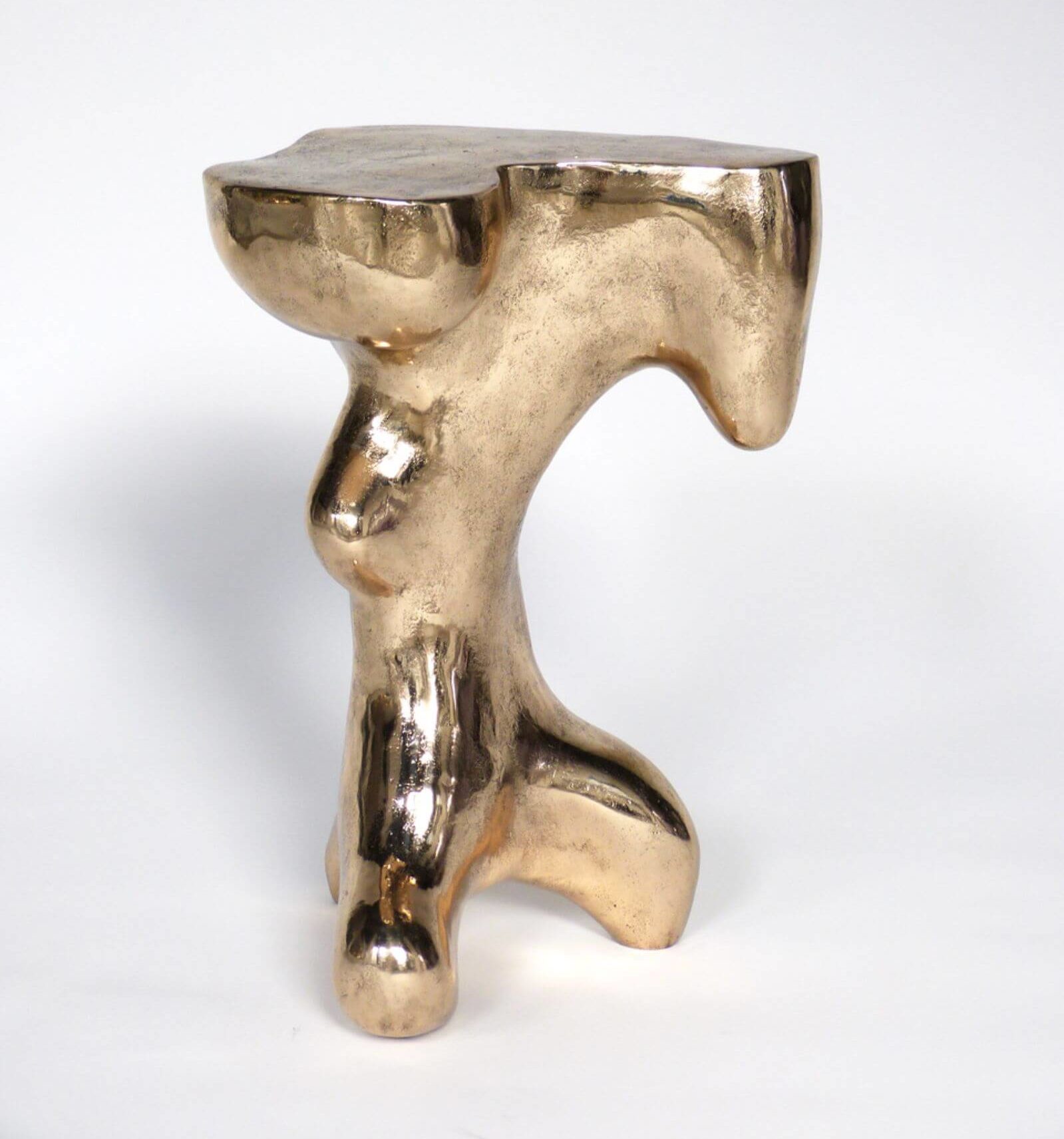
Abel Cárcamo, ‘Side Table’, 2022
COURTESY: Abel Cárcamo & Galerie Scène Ouverte
One dealer returning to PAD London after something of a hiatus is the New York-based Cristina Grajales. The last time she took part was in 2012. “We felt it was time to go back to London and be part of the scene there, which is very vibrant,” she explains. Her booth will be centred on two striking new cabinets created by the Paris-based designer Christophe Côme, one made from blue agate, the other using faceted slabs of purple lava stone.
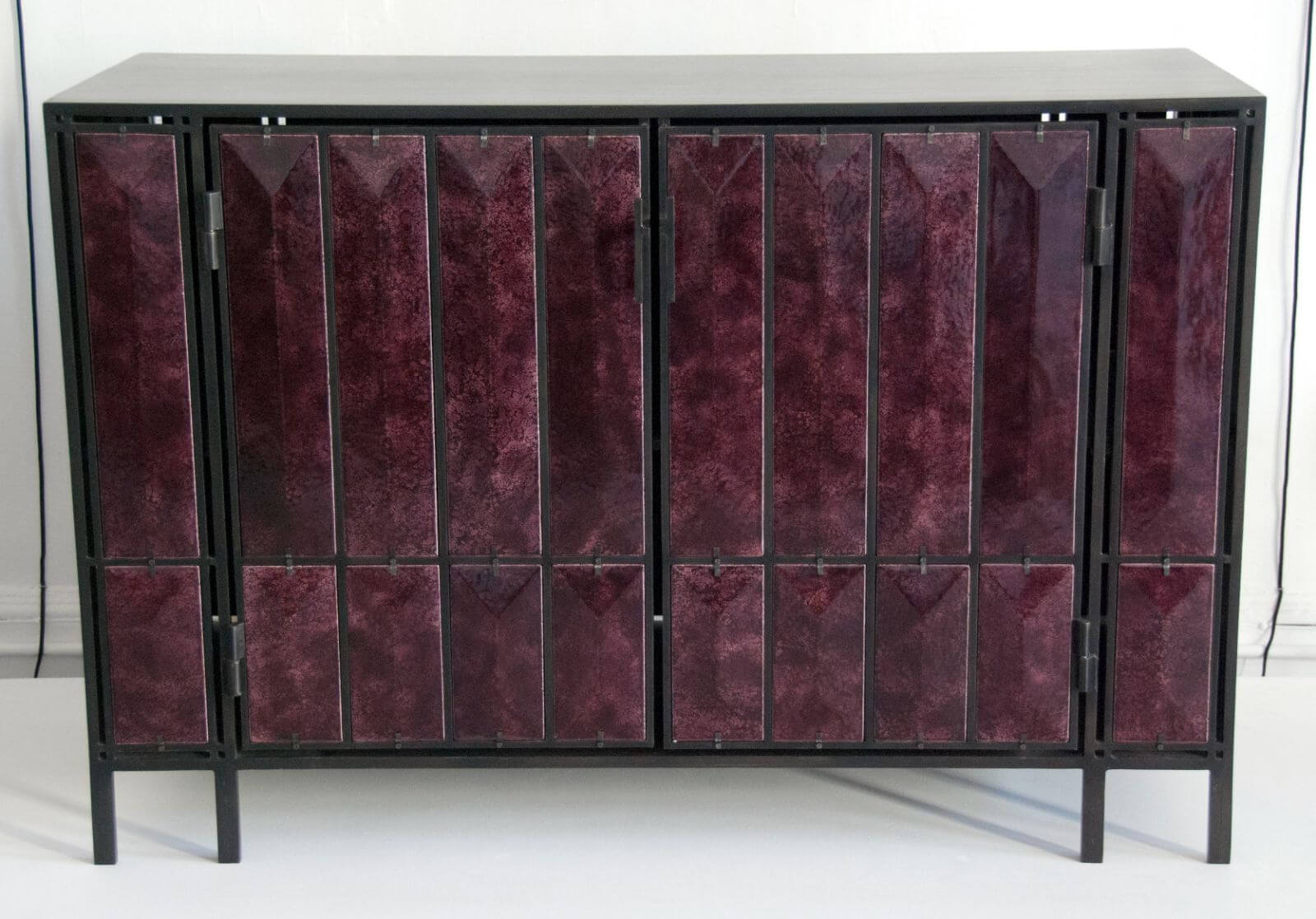
Christophe Côme, ‘Purple Cabinet’, 2022
COURTESY: Christophe Côme & Cristina Grajales
Grajales is only one of numerous dealers, who were confronted by new-born complications served up by Brexit. Until just two weeks ago, she wasn’t even certain whether she’d be able to deliver Côme’s cabinets to Berkeley Square. “We contacted 20 transport companies and they all said ‘No’,” she explains. “We were having a nervous breakdown. Finally, we found somebody who accepted.”
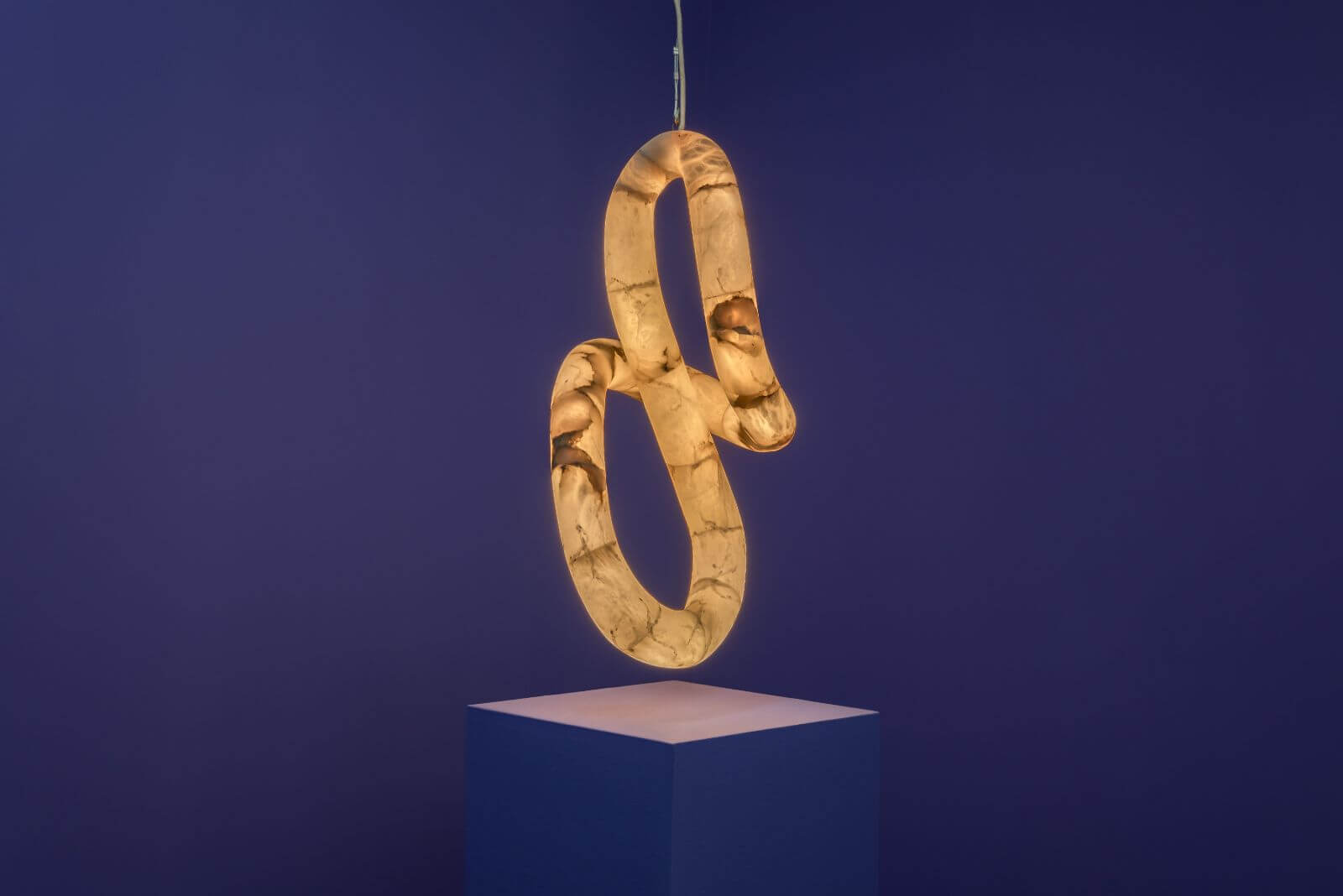
Amarist Studio, ‘Aqua Fossil’ chandelier, 2022
COURTESY: Amarist Studio & Priveekollektie / PHOTOGRAPH: Saul Lozano Photography
Transport troubles aside, PAD London retains an incredible appeal. The general consensus is that previous editions have been more dynamic and more international than its Paris counterpart. “It has an extraordinary reputation with both collectors and dealers,” states Bonnel. “I’ve never known a gallery that was not happy with the result.”
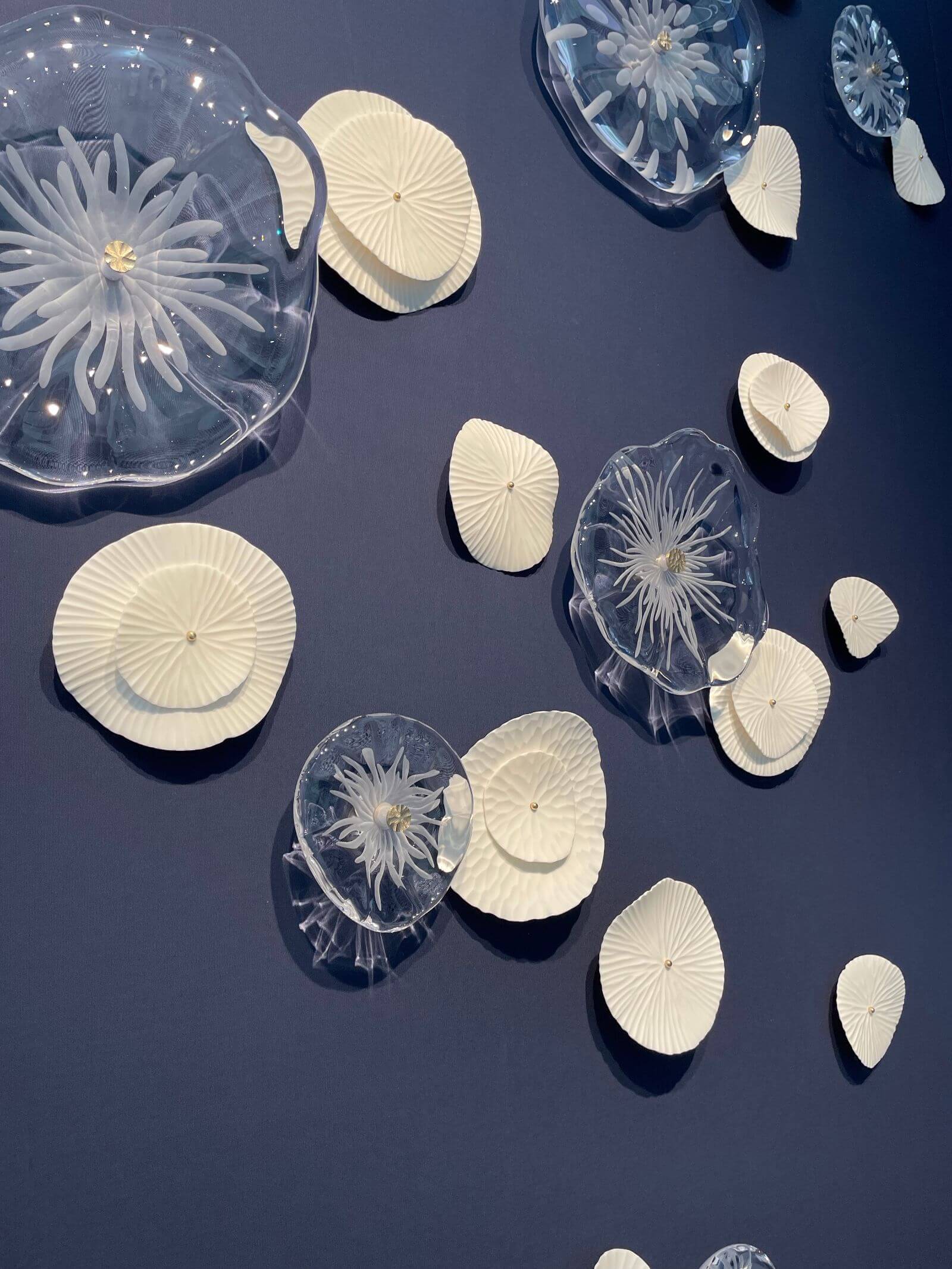
Vezzini and Chen, ‘Wildflower Meadow’, 2022
COURTESY: Vezzini and Chen & Adrian Sassoon / PHOTOGRAPH: © Sylvain Deleu
For Valerio Capo of the London-based Gallery FUMI, its size endows it with a very particular atmosphere. “It’s relatively small, which makes it feel very intimate and elegant,” he says. “And clients tend to come back several times during the week. They engage more with the pieces than I see in other fairs.”
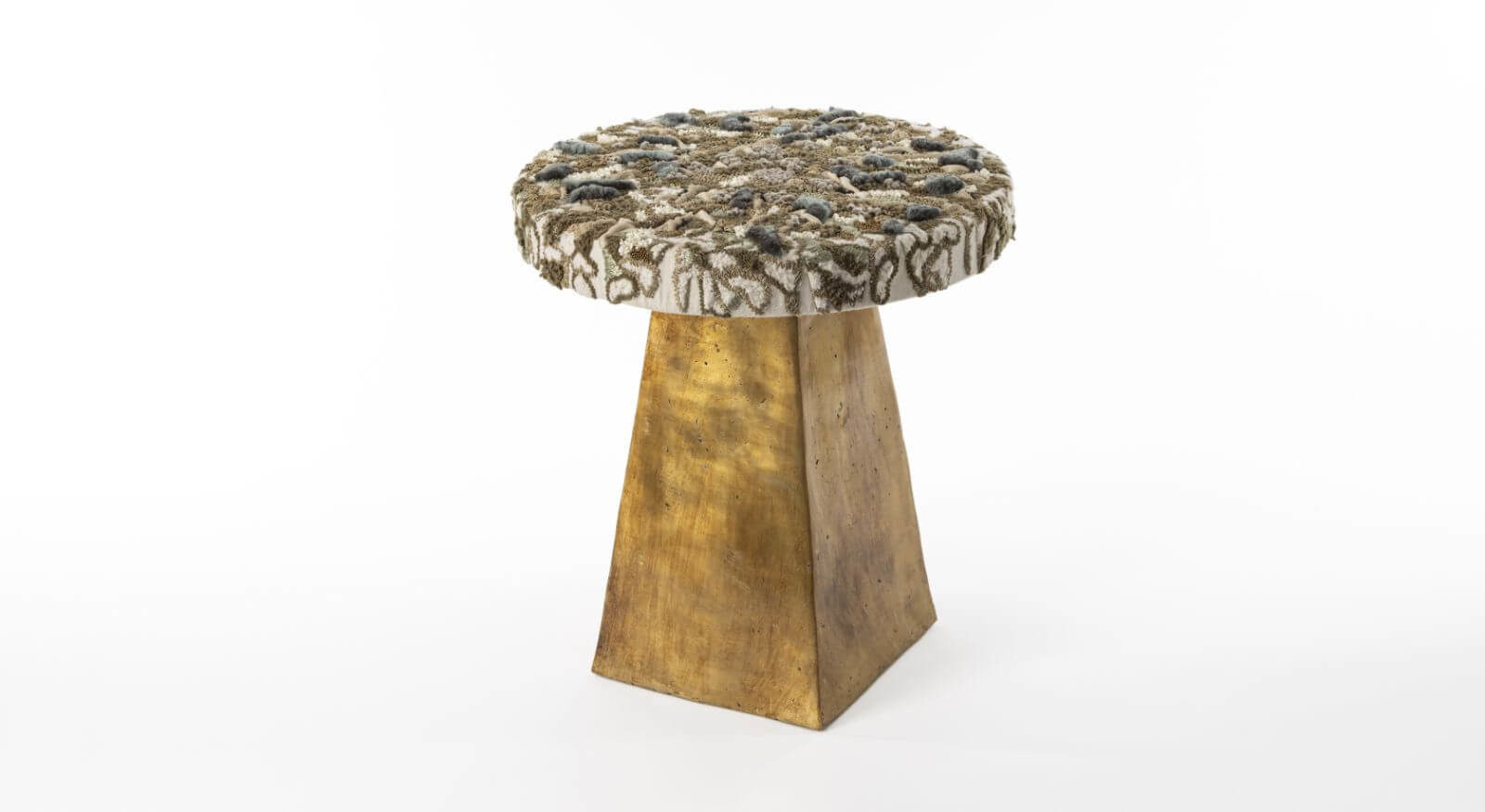
Stephanie Coutas, ‘Mini Cambium’ table
COURTESY: Stephanie Coutas
Among the highlights that he and his partner Sam Pratt will be presenting are the ‘Iku-Turso’ chest created by the Finnish-born, Amsterdam-based artist Kustaa Saksi in collaboration with cabinetmakers Nikari. Specialised in tapestries, Saksi has come up with door panels bearing folkloric motifs made from finely woven Japanese paper. It will be shown alongside a bronze light by Voukenas Petridis, with a bark-like trompe l”œil patina. “We’re very attracted by the shapes and simplicity of their work,” says Pratt of the Athens-based duo. “You could imagine them somewhere in a Greek temple.”
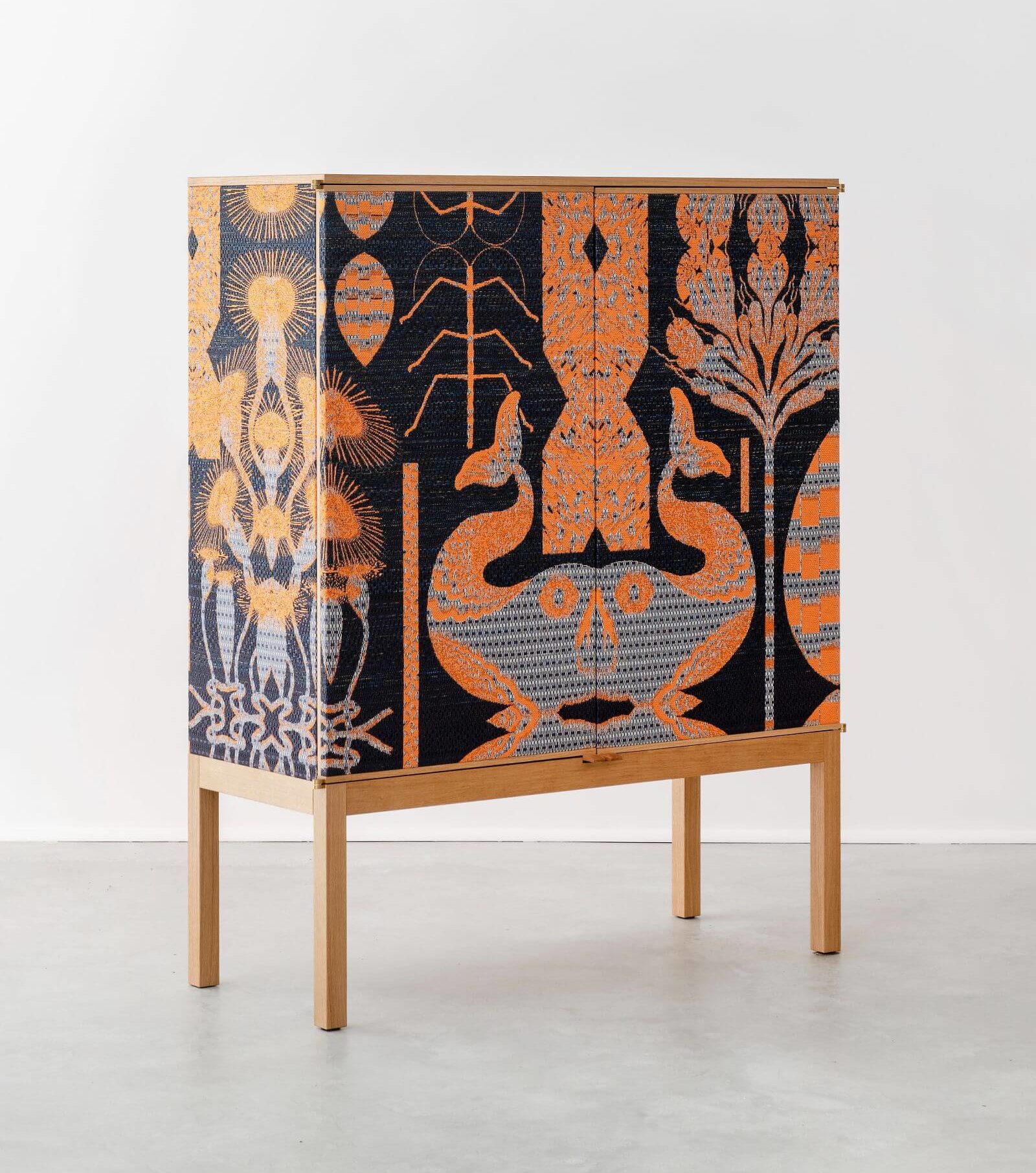
Kustaa Saksi and Nikari, ‘Iku-Turso’ cabinet, 2021
COURTESY: Gallery FUMI / PHOTOGRAPH: Thomas Joseph Wright Penguins Egg
FUMI’s presence is indicative of PAD London’s strong focus on contemporary creativity. This edition will see the unveiling of new work by established artists and designers – such as a series of lights by Bernar Venet at Philippe Gravier and a monumental chandelier by Paul Cocksedge at Carpenters Workshop Gallery – as well as by emerging talent.
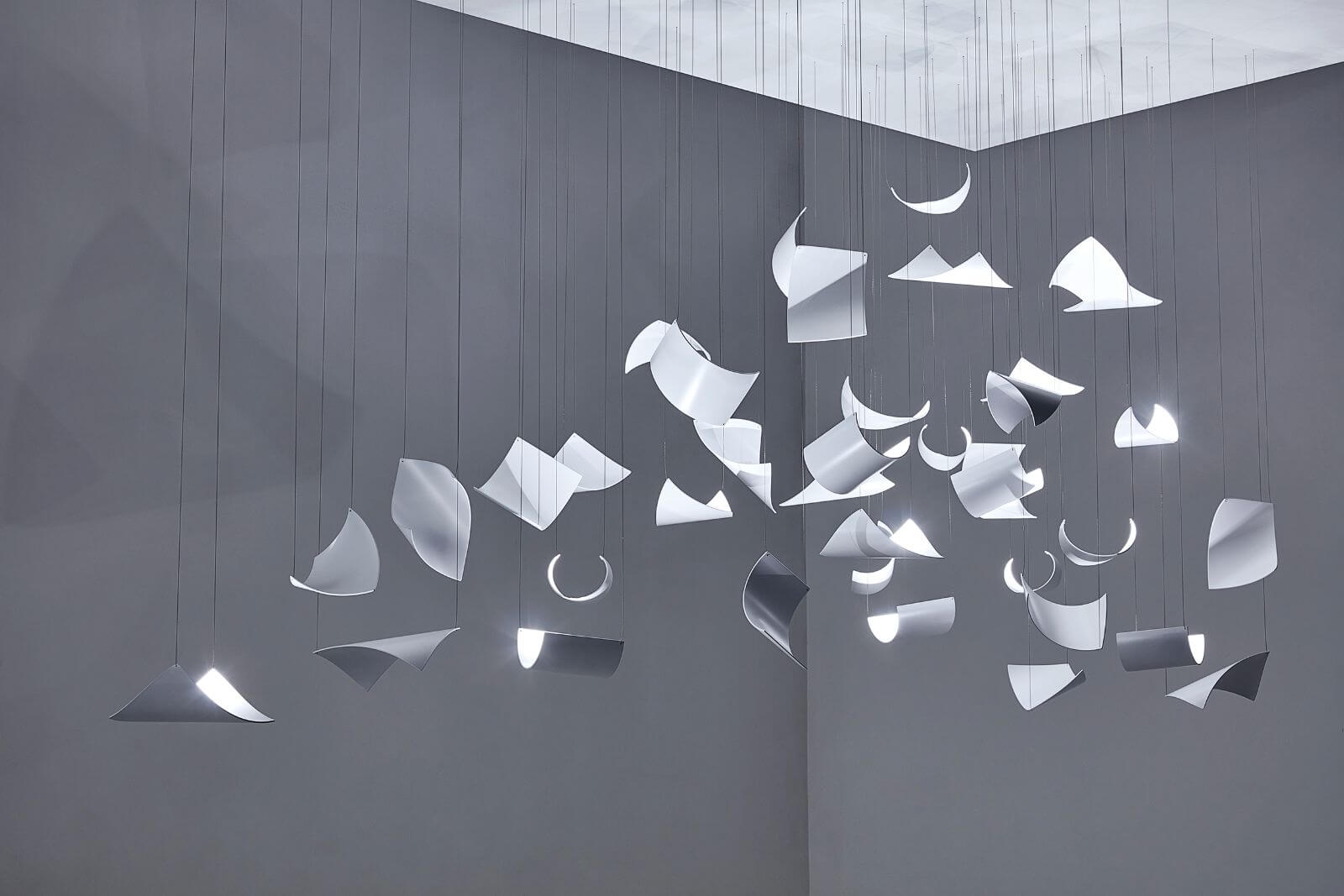
Paul Cocksedge, ‘Light and Shade’ rendering, 2022
COURTESY: Paul Cocksedge & Carpenters Workshop Gallery
Priveekollektie will show creations carved from alabaster by the Barcelona-based Amarist Studio to resemble “fossilised water”; 88 Gallery proposes a two-part console table created by Emma Donnersberg in collaboration with Michel Amar; and Adrian Sassoon reveals a new wall-mounted glass installation by the Italian-Taiwanese duo Vezzini and Chen.
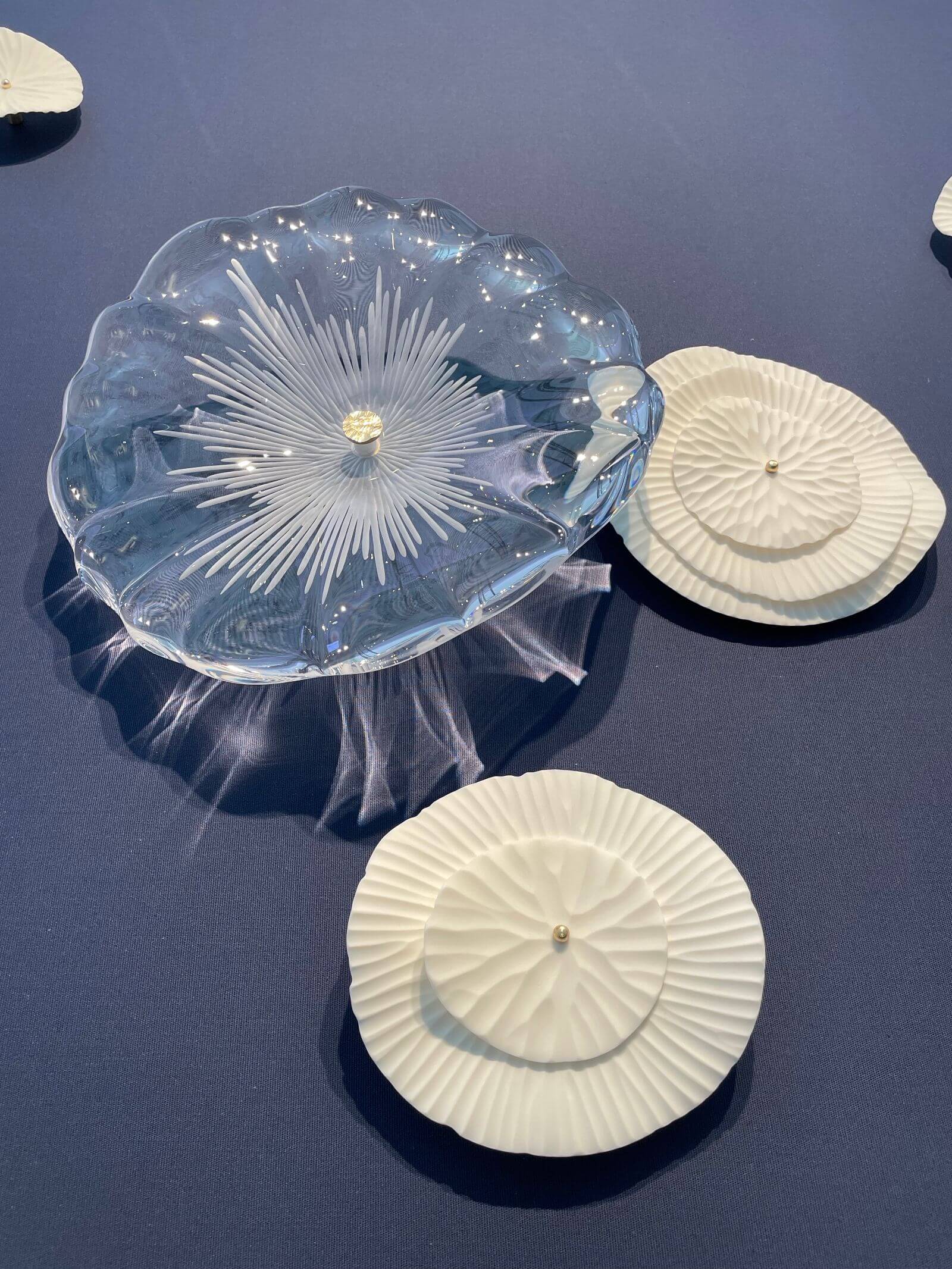
Vezzini and Chen, ‘Wildflower Meadow’, 2022 (detail)
COURTESY: Vezzini and Chen & Adrian Sassoon / PHOTOGRAPH: © Sylvain Deleu
The fair also surfs on the new trend of interior designers launching their own furniture collections: Francis Sultana, Charles Zana, Stéphanie Coutas, Thierry Lemaire and Maisonjaune Studio will all be in attendance. And of course, fine craftsmanship will also be to the fore. “PAD London is really a fair for connoisseurs,” states the Paris-based designer, Hervé Van der Straeten. “Clients there are searching for something rare.”
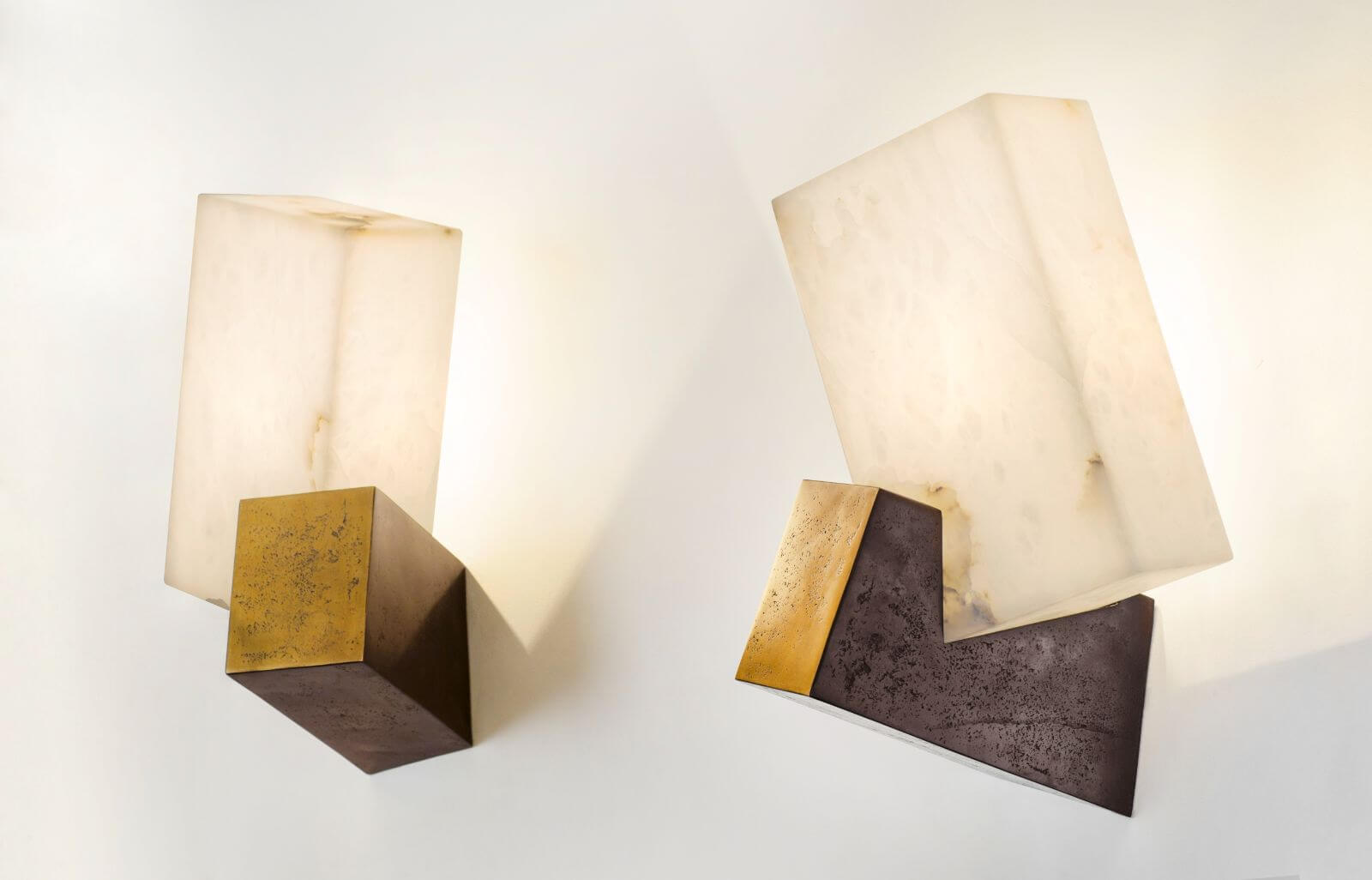
Hervé Van der Straeten, ‘Applique Pirouette no.451’ wall lights, 2012
COURTESY: Hervé Van der Straeten
For Van der Straeten, one of the joys of PAD in general is its diversity. This edition’s vintage selection includes many of the 20th-century’s usual suspects – Charlotte Perriand and Jean Prouvé (Jousse Entreprise), Jean Royère (Jacques Lacoste), Line Vautrin (Chastel Maréchal), Josef Frank and Alvar Aalto (Modernity), Poul Henningsen (Rose Uniacke) and Gio Ponti and Piero Fornasetti (Portuondo).
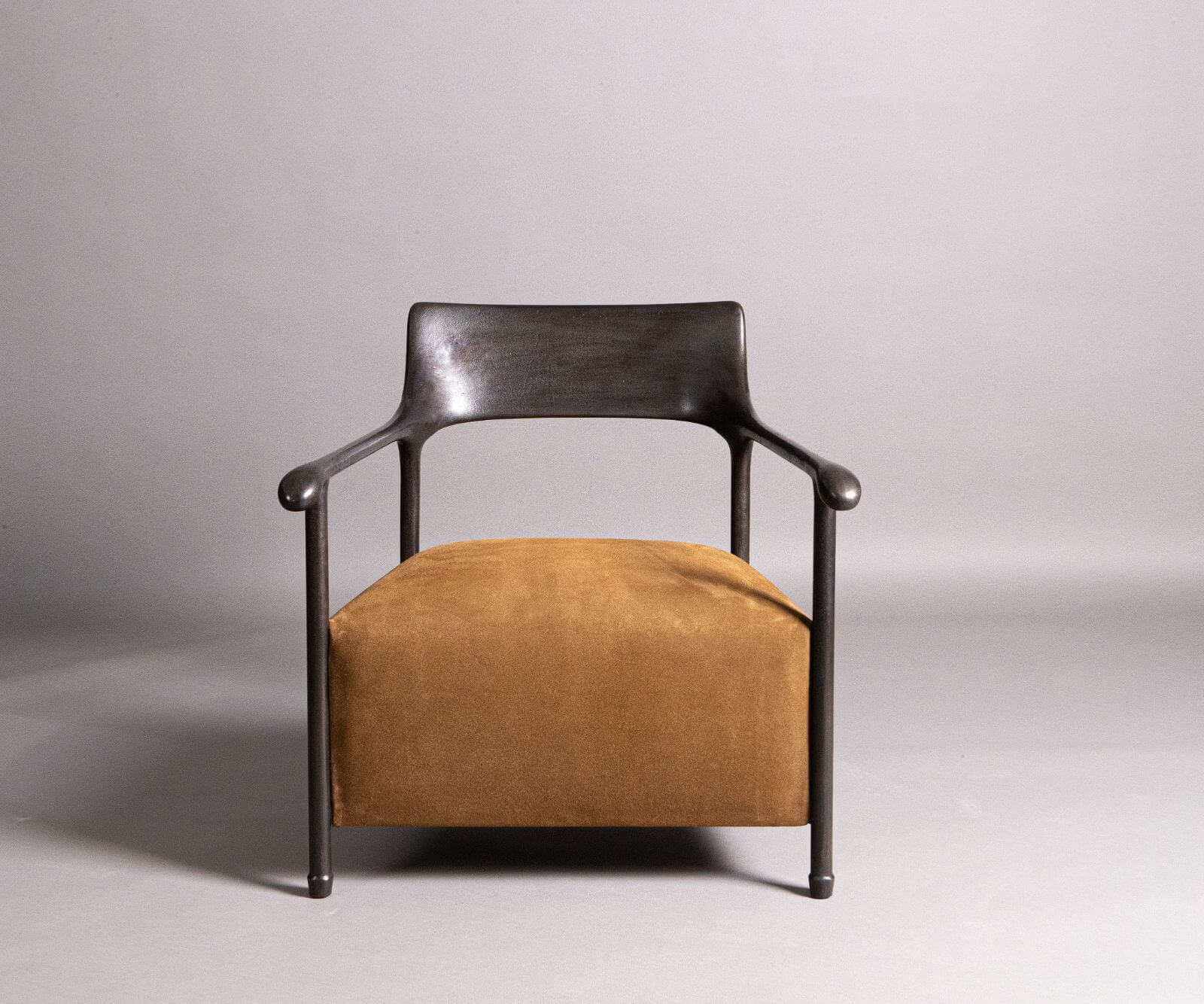
Charles Zana, ‘Franck Bridge’ chair, 2022
COURTESY: Charles Zana / PHOTOGRAPH: Gaspard Hermach
Patrick Fourtin’s stand, meanwhile, will feature a “very Versailles” console by Gilbert Poillerat, a Joan Miro tapestry dating from 1934 and a museum-quality pair of armchairs designed by the Slovenian-born architect, Jože Plečnik, who worked between Ljubljana, Prague, Vienna and Belgrade. “For me, he’s the greatest architect of the twenties and thirties,” asserts Fourtin.
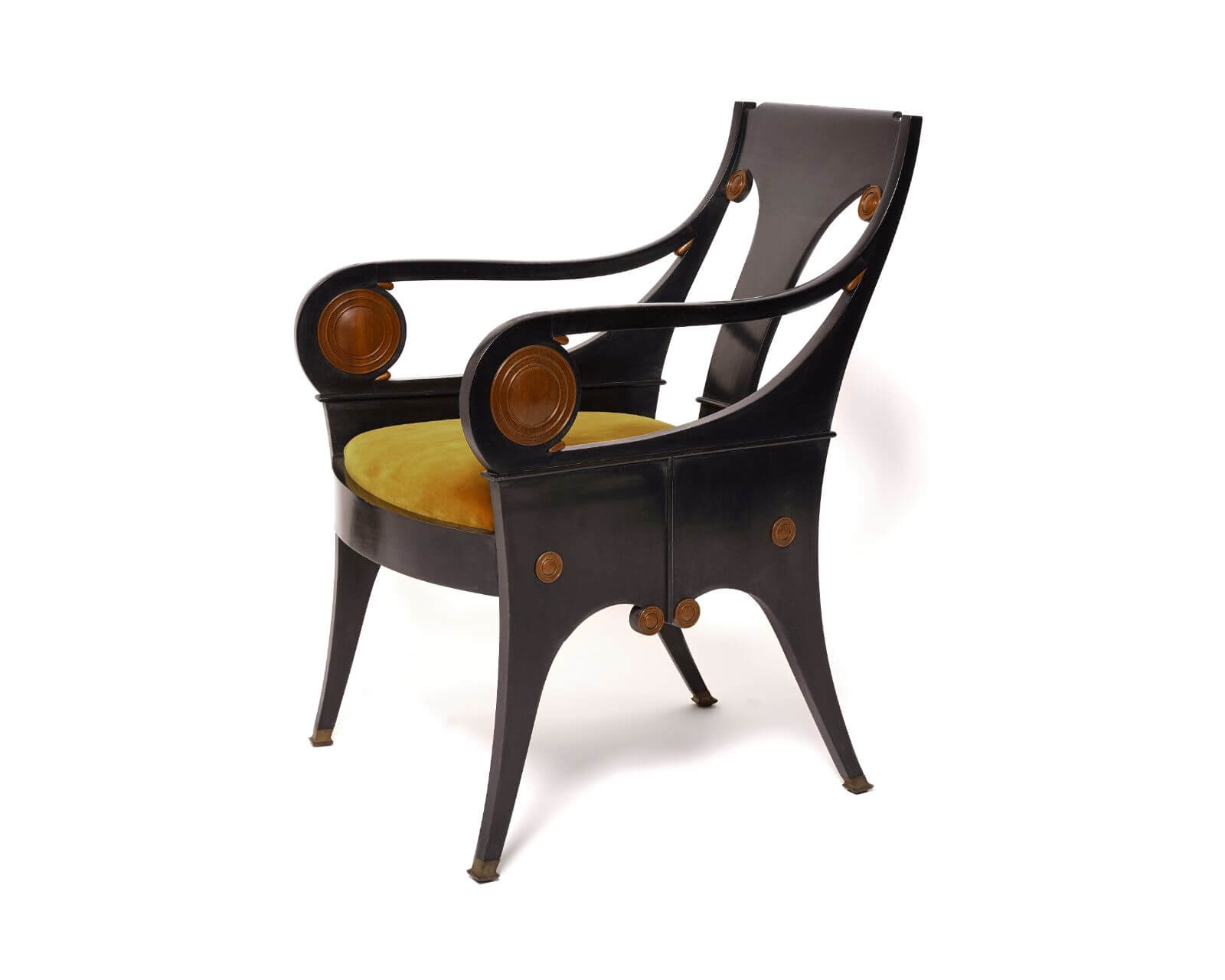
Jože Plečnik, one of a pair of armchairs, 1932
COURTESY: Patrick Fourtin
And as always with PAD, a little spice is added by a smattering of other specialities. Jewellery is represented by the likes of Neha Dani and David Morris and modern art by Hélène Bailly Gallery, Opera Gallery and others. Those will more traditional tastes, meanwhile, can check out the tribal art at Lucas Ratton and the exquisite selection of 19th-century decorative furniture and objects presented by H. Blairman & Sons.
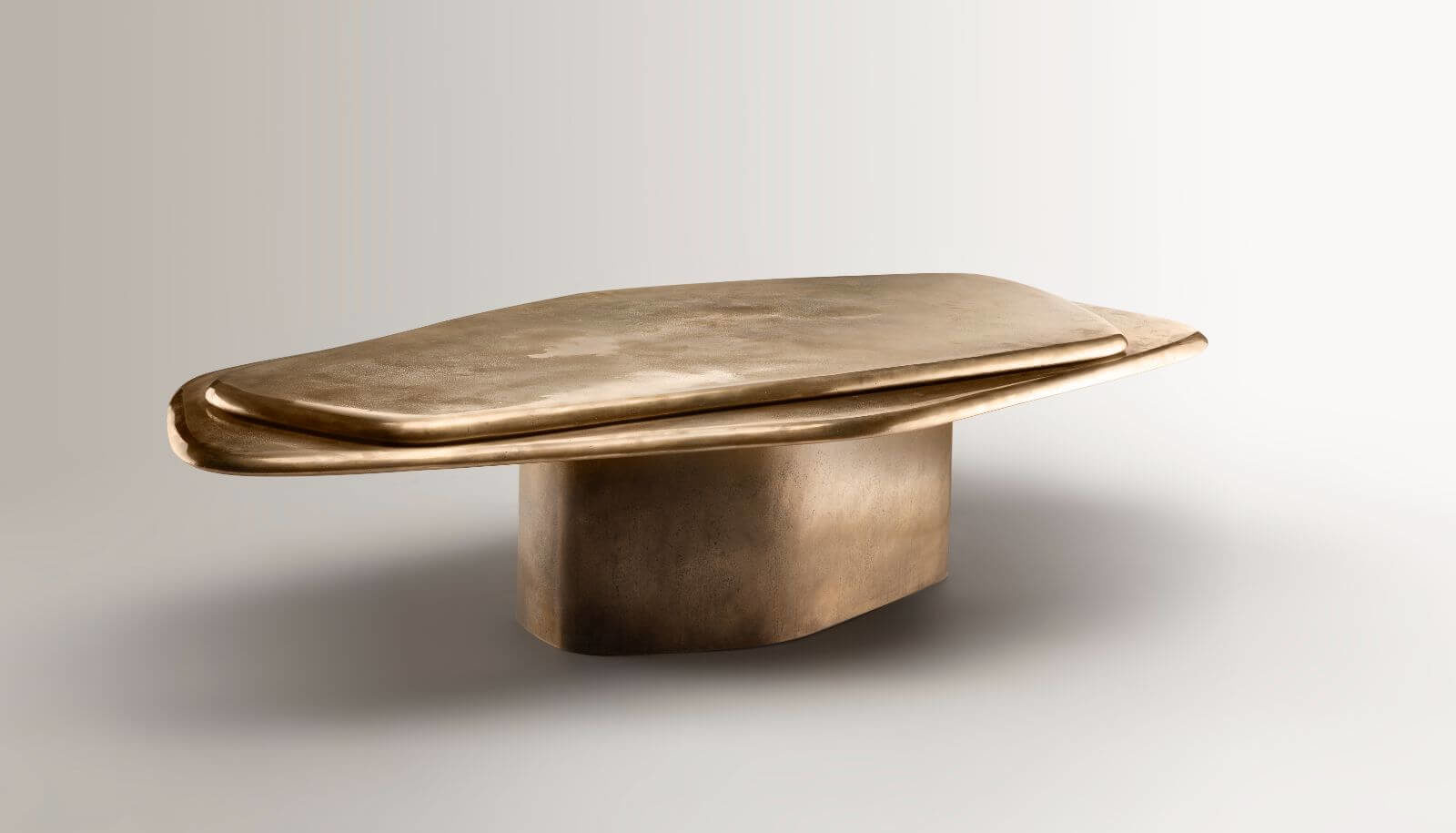
Charles Zana, ‘Calanque Two’ coffee table, 2022
COURTESY: Charles Zana / PHOTOGRAPH: Jean-Pierre Vaillancourt
In the run-up to the fair, the mood of many of this edition’s participants could perhaps best be described as a mix of apprehension and hopeful optimism. There are understandably worries about the economy and London’s status post-Brexit. Even Patrick Perrin feels that Paris is in the process of replacing the British capital as the centre of the art world. Yet, the city still retains distinct advantages. “London’s true asset for us remains the fact that so many foreigners live there,” he says. And according to Sam Pratt of Gallery FUMI, there’s an upside even to the Sterling crisis. “For international clients, we’re definitely cheaper than a few months ago,” he notes. “Hopefully, that will play to our advantage.”
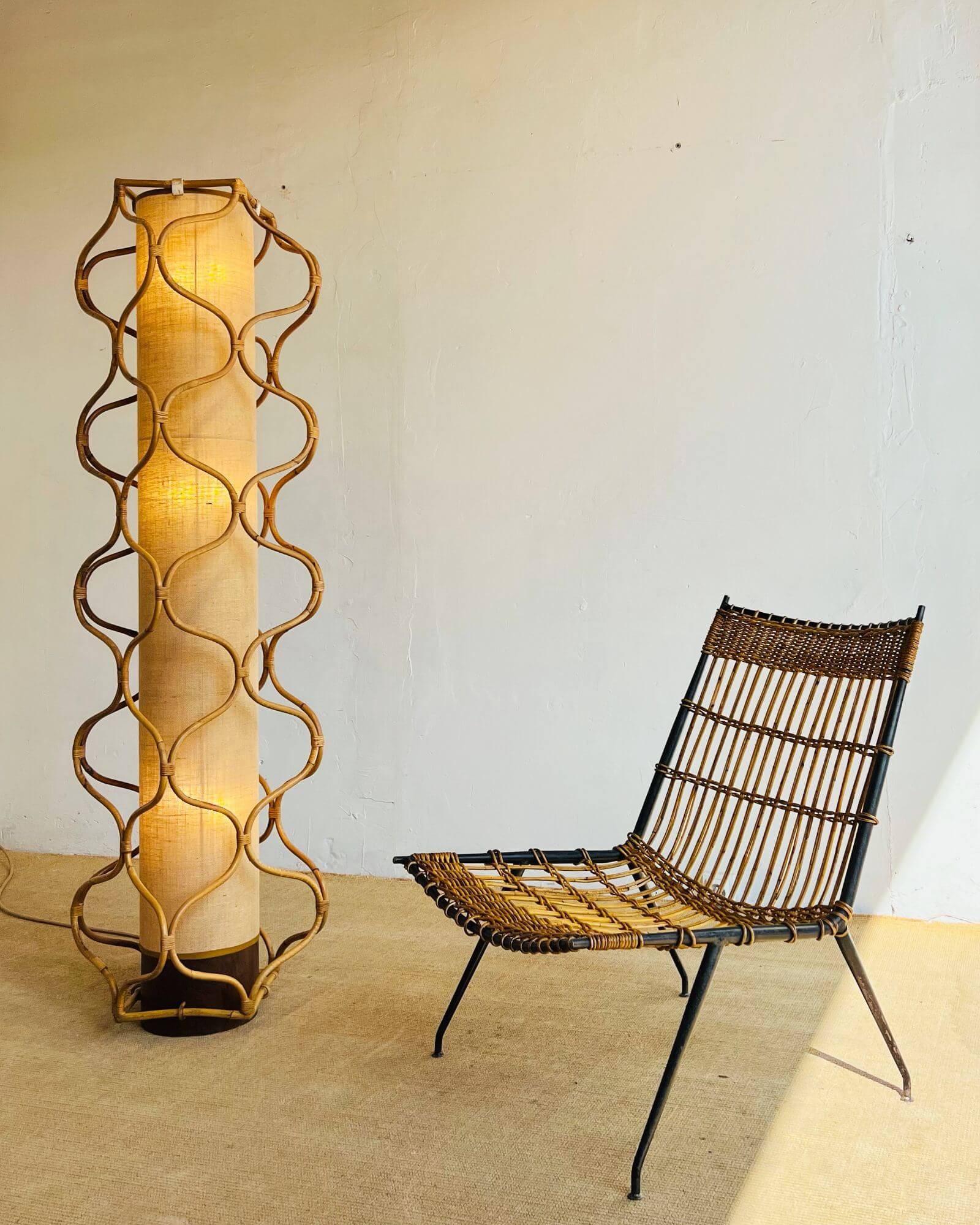
Masionjaune Studio
COURTESY: Maisonjaune Studio
PAD London 2022.
